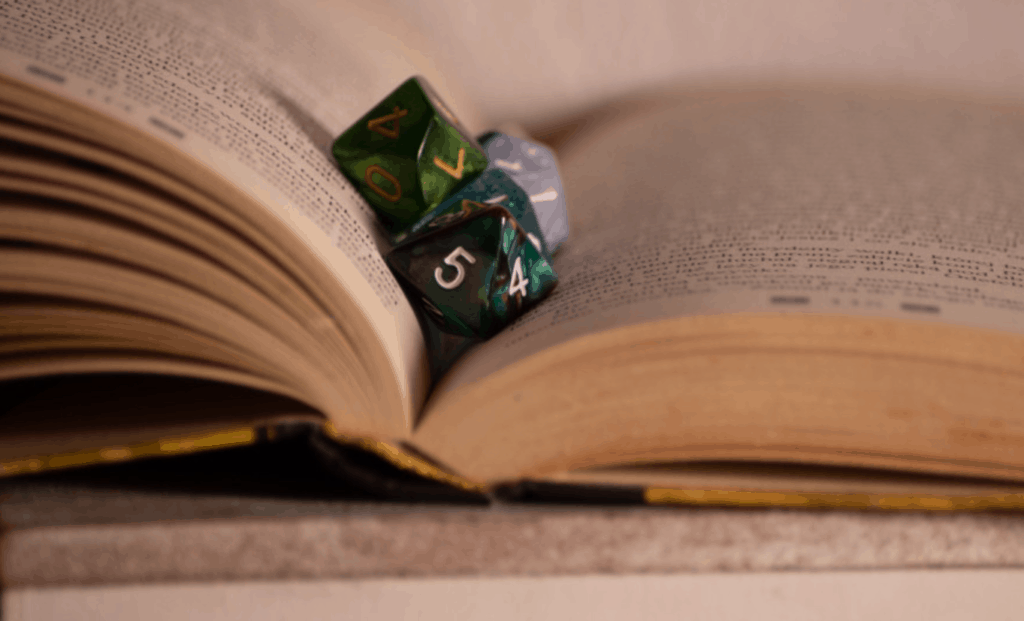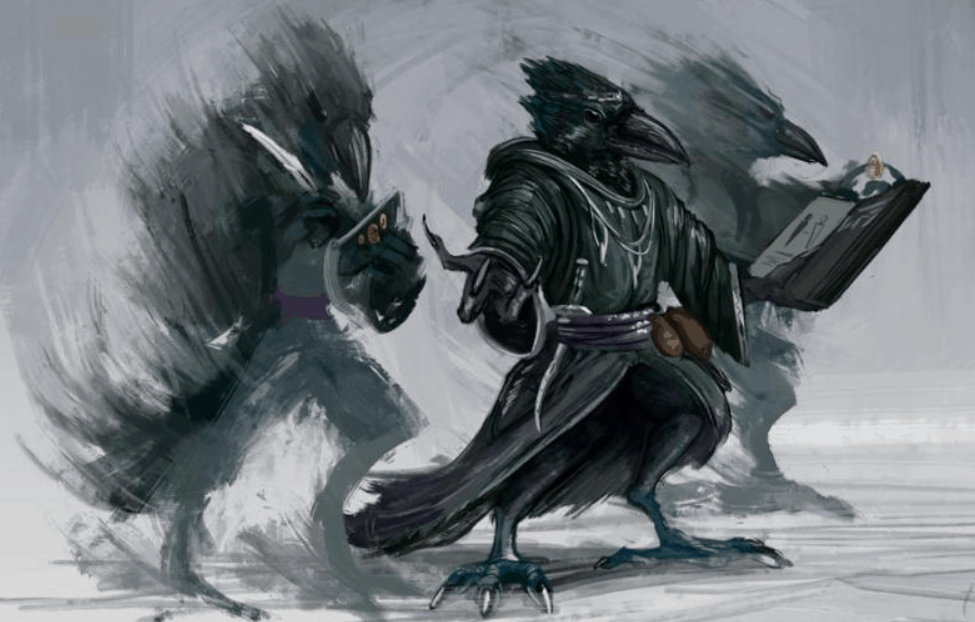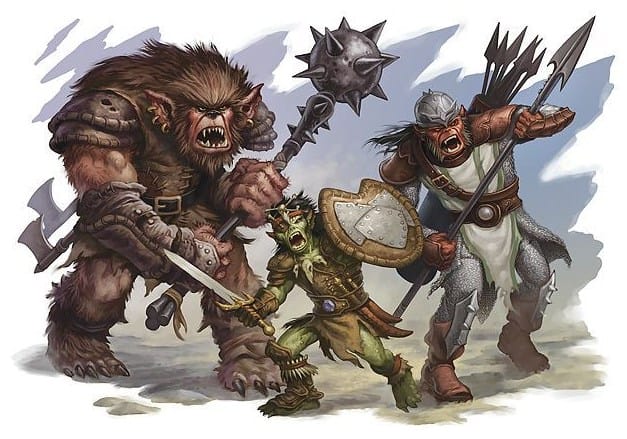Not all magic in 5e D&D is something you can deal damage with. There’s more than one way to defeat a monster, and it’s not all fireball spells and ice spikes to deal damage. Sometimes playing on how dumb most monsters are can really help you out of a jam. Using spells such as minor illusion and psychic spells can help you outthink monsters rather than having to outfight them.
Of course, one of these spells is phantasmal force, which really allows you to get into a monster’s head and show off your skills when it comes to trickery. But why would you use phantasmal force when a combat spell would work just as well? When should you use it? And can you use the ability out of combat?
Here’s our Phantasmal force 5e Guide, and with it, all of your questions will be answered!
What Is Phantasmal Force?
- Illusion 2nd level
- Casting Time: 1 Action
- Range: 60 feet
- Components: V, S, M (A bit of fleece)
- Duration: Concentration, up to 1 minute
- Spell List: Bards, Sorcerers, and Wizards
You craft an illusion that takes root in the mind of a creature that you can see within range. The target must make an Intelligence saving throw. On a failed save, you create a phantasmal object, creature, or other visible phenomena of your choice that is no larger than a 10-foot cube, and that is perceivable only to the target for the duration. This spell does not affect undead or constructs.
The phantasm may include sound, temperature, and other stimuli, all evident only to the targeted creature. The target can use its action to examine the phantasm with an Intelligence (Investigation) check against your spell save DC. If the check succeeds, the target realizes that the phantasm is an illusion, and the spell ends.

While a target is affected by the spell, the target treats the phantasm as if it were real. The target rationalizes any illogical outcomes from interacting with the phantasm. For example, a target attempting to walk across a phantasmal bridge that spans a chasm falls once it steps onto the bridge. If the target survives the fall, it still believes that the bridge exists and comes up with some other explanation for its fall; it was pushed, it slipped, or a strong wind might have knocked it off.
An affected target is so convinced of the phantasm’s reality that it can even take damage from the illusion. A phantasmthath is created to appear as a creature that can attack the target. Similarly, a phantasm created to appear as fire, a pool of acid, or lava can burn the target.
Each round on your turn, the phantasm can deal 1d6 psychic damage to the target if it is in the phantasm’s area or within 5 feet of the phantasm, provided that the illusion is of a creature or hazard that could logically deal damage, such as by attacking. The target perceives the damage as a type appropriate to the illusion.
Alright, let’s break this spell down. It is a 2nd level illusion spell and can be cast by a Bard, Wizard, or Sorcerer. It takes an action to cast and can affect a target from 60 feet. It does require a vocal, somatic, and material component, with the material component being a piece of fleece. Once your character does cast the spell, it does require concentration and can last for up to one minute. Now here’s where it gets interesting.
How Phantasmal Force Works

Once the spell is cast, you can pick a target. This target needs to make an intelligence saving throw against your spell save DC. If the target fails, then you create an illusion that fills your target’s mind. This illusion must not be larger than a10 foot cube, so about two squares by two squares. This can be an object, a creature, or another phenomenon of your choice. You can also have your phantasm include sound, temperature, and other stimuli to help it feel real to the target creature.
In the creature’s turn, they can use an action to use an investigation or intelligence check against the spell save DC to examine the reality of the illusion. If they manage to succeed they realize that the spell is an illusion and it ends. If they fail, then they treat your phantasm as if it were a real target.
They also rationalize any encounter they have with the phantasm as a real encounter, and they are so convinced of the phantasm’s realness that they can take damage from it.
Each round on your turn, if the enemy is 5 feet away from the phantasm, the illusion can hit the enemy with 1d6 physic damage. Of course, you do need to have the illusion be something that can attack a target. The enemy would perceive the damage as logical due to the illusion.
For example, if you create a phantom pool of acid and they step in it, the enemy will take acid damage. If you create a large illusion of an ogre, then the ogre can attack the enemy and they will suffer the damage from the attack. They will think that the psychic damage is instead the ogre punching them or biting them.
Why Would You Use This Ability?
Well, you can use this ability to do two things, create an object or hazard or create an illusionary creature. Let’s start with the hazard. Imagine that you and your party are fleeing from some kobolds out of their cave, and you’ve all managed to wade through or leap over a river that is nearby.
Seeing that this water is very deep and also is a rushing river, your bard decides to have a little fun and creates the phantasmal force image of a bridge in the mind of the kobold leader. The bridge image is created, the kobold leader fails the intelligence save, and then he darts across the bridge, or at least tries to. Instead, he falls into the water, fails a strength save, and is dashed against some rocks.
With their leader dead, the remaining kobolds scatter and the conflict ends. Creating a hazard that fits into a ten foot square can be a great way to control the battlefield or play a trick on an enemy. If you put in the detail to make the hazard real enough, the enemy’s movements will be able to be controlled because they believe they can be harmed by it.
Creating A Creature

You can also create the image of a creature that can fit into the 10-foot square. It can be a bugbear, goblin, griffin, whatever, as long as it fits the size requirement.
Some DM’s do state that your character would have had to have seen the creature in the flesh or in a book or drawing to be able to cast the illusion successfully. After all, the target does need to be scared by this creature, and the more real it looks, the better. That is just a house rule though, so go ahead and speak to your DM to see if this is the case.
The creature looks so real the target is frightened by it and also believes it can be harmed by the creature, interpreting the 1d6 physic damage as the creature attacking it. This can be a cool way to get the big and dumb creature out of the way by frightening it with an illusion and then dealing with its companions.
Where Do You Get The Fleece?
A bit of fleece or sheepskin is required to cast the spell. It is not consumed whenever the spell is cast, and it will often come in your component pouch if you happen to have one. If not then sheepskin can be found wherever sheep congregate and also at butchershops. Fleece could also be sold at cloth-making shops and enterprises.
It won’t be too hard to get, and you could even find fleece as loot in certain locations and on certain enemies. Unless you are searching for the Golden Fleece, which probably would require an epic quest!
What About Phantasmal Killer?
Of course, if you look up Phantasmal Force, you will find Phantasmal Killer right next to it. Phantasmal Killer takes the aspect of your target being so frightened they can take damage from the illusion and runs with it. We won’t do a full breakdown here, but here’s the gist of the spell’s effects:
You tap into the nightmares of a creature you can see within range and create an illusory manifestation of its deepest fears, visible only to that creature. The target must make a Wisdom saving throw. On a failed save, the target becomes frightened for the duration. At the end of each of the target’s turns, before the spell ends, the target must succeed on a Wisdom saving throw or take 4d10 psychic damage. On a successful save, the spell ends.
Phantasmal Killer literally attempts to frighten your target to death and can be a nice upgrade for a Wizard who wants to be an illusionist. While both spells require concentration, you will be able to cast both spells as the situation calls for it, as while Phantasmal Force has more usability, the Phantasmal Killer spell does more damage.
Phantasmal Force FAQ Guide
Question: Can Phantasmal Force Restrain A Target?
Answer: There’s a key difference between what the target of the spell knows and what you know. They do not know that the giant snake rearing up to bite them is an illusion, however, you do. The target might picture themselves getting bound by the snake and squeezed, but in reality, they are just standing stock still in fear. The snake is an illusion and can’t restrain the target, and your allies would not behave as if the target is restrained.
Same for any other conditions such as prone, blinded, deafened, and so on. At best your target only things he or she is one of those things due to fear, but they are not actually affected by the condition.
Question: Can Phantasmal Force Be Used Outside Of Combat?
Answer: Yes, you don’t have to deal damage with the spell if you do not want to. If you want to intimate someone and project an illusion into their heads, you can do so without harming them. For example, you can create the illusion of a dark space in front of a creature to blind it or create an illusion of a ring of fire surrounding the target.
These illusions might not be harmful, but if the target believes they are real they will react accordingly and will possibly tell your party what they want to know. Part of the fun of illusion spells is that they can be used creatively out of combat and it can be fun to see what your party wants to do with the spell. Never underestimate the creative power of other players!
Question: What About The Other Phantasmal Spells?
Answer: There are a few other phantasmal spells in the game, from Phantasmal Thief to Phantsamal Injury, to Phantasmal Strangler. All of these spells were found in past editions of D&D and haven’t been updated to include the 5e rules. Still, there’s nothing that says you or the DM can’t update them yourself or homebrew up new phantasmal spells. As long as the spells focus on illusion magic, then you are good to go and can homebrew to your heart’s content.
If you want to play as an illusion master Wizard or Sorcerer who gets inside his enemy’s mind, these spells are a great place to start and you will have a lot of fun with them. Once you get used to the illusion spells, then you can start expanding your arsenal and testing the limits of what they can do.
Then, you might be able to kill your enemies without ever laying a physical finger on them, and that’s a lot of fun!
- DnD Demons Guide: What Are Demons in 5e? - September 18, 2021
- Detect Thoughts 5e Guide: When, Why and How to Use It - September 9, 2021
- The Ultimate DnD Toll the Dead 5e Guide - September 9, 2021

